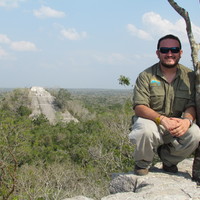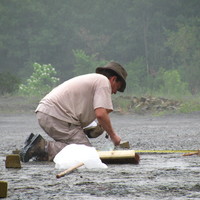
Daniel Perea
Related Authors
David Seamon
Kansas State University
Jose Ruben Guzman-Gutierrez
Universidad Humanista de las Americas
Armando Marques-Guedes
UNL - New University of Lisbon
Thomas Holtz
University of Maryland
Andrew Heckert
Appalachian State University
José F. González-Maya
Universidad Autónoma Metropolitana-Lerma
Diego F Cisneros-Heredia
Universidad San Francisco de Quito
Richard Cloutier
Université du Québec à Rimouski
Roman Croitor
State University of Moldova
Jeffrey Schwartz
University of Pittsburgh









Uploads
Papers by Daniel Perea